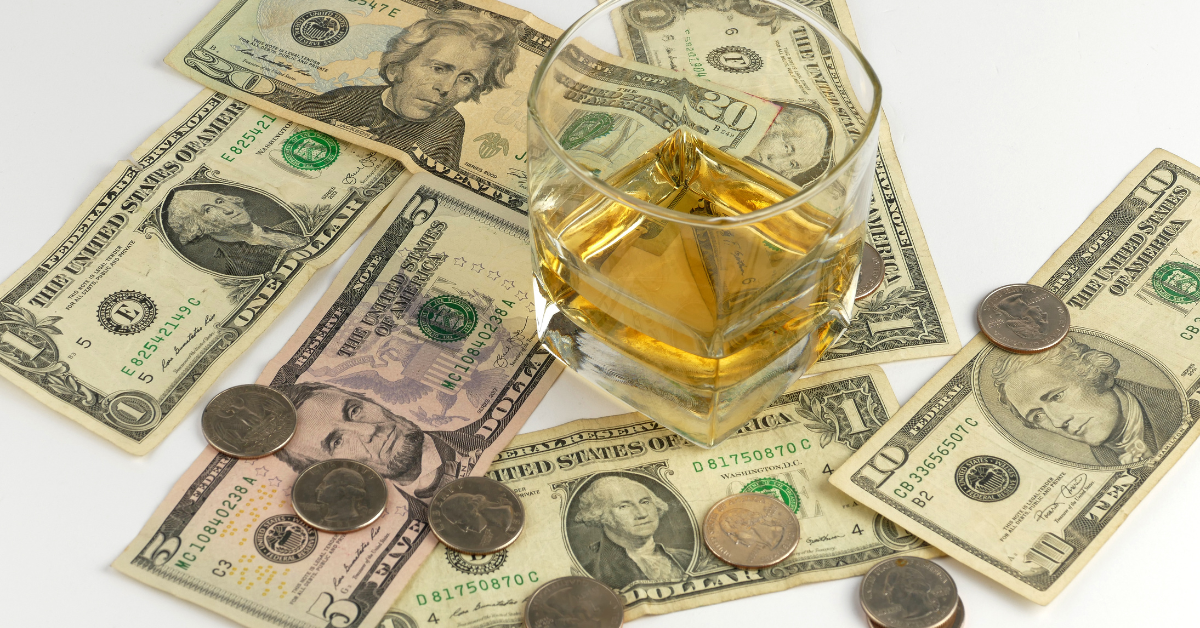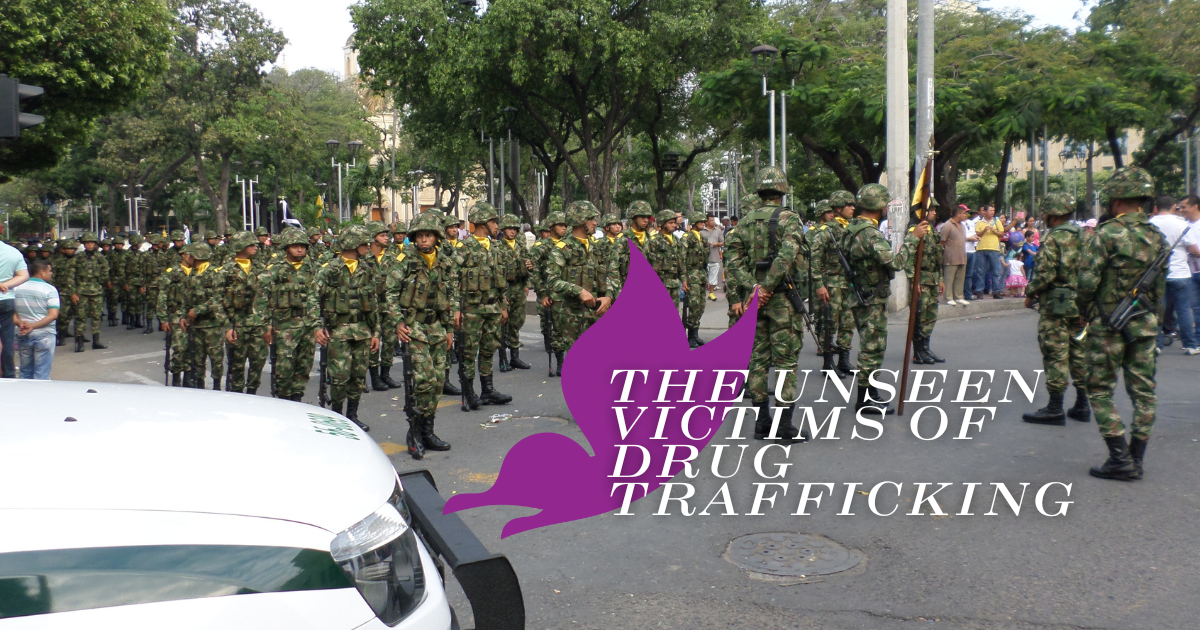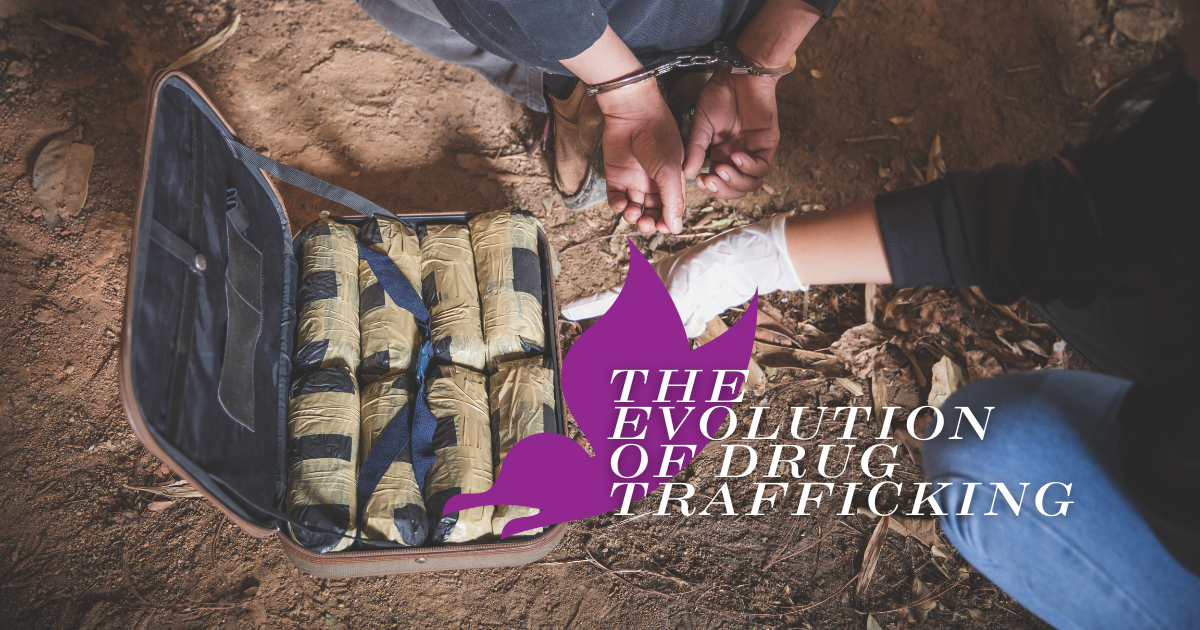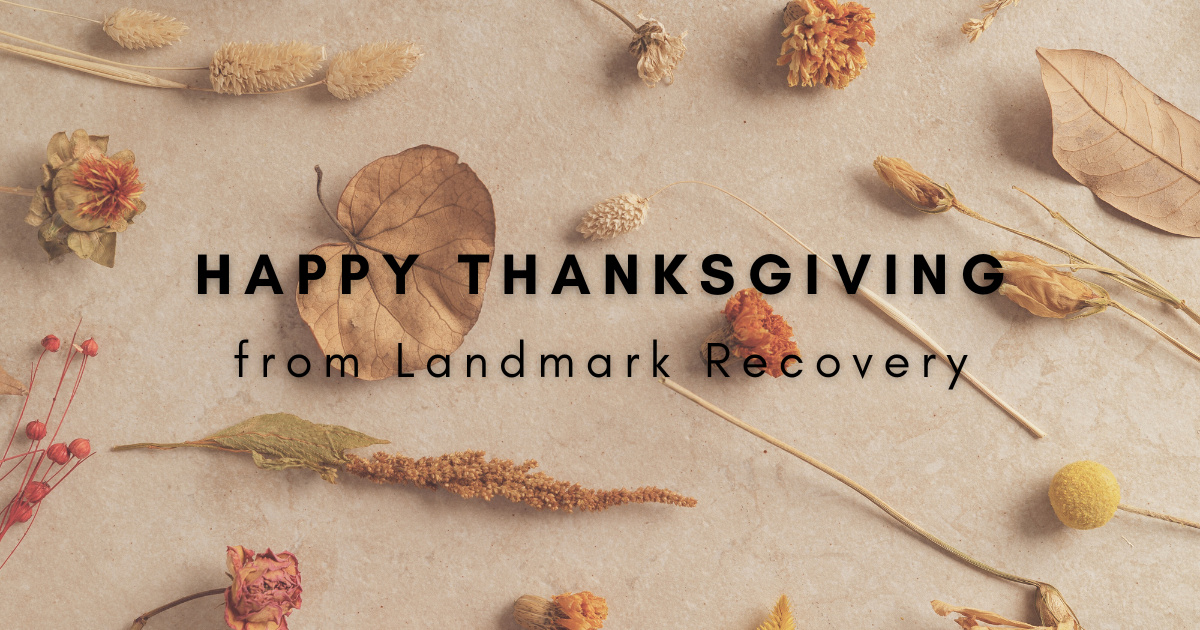Drug and alcohol addictions are exceptionally expensive for both users and government administrations. Institutions periodically publish works about the economic toll, specifically alcoholism, takes on the country and individuals. These are institutions like the Centers for Disease Control and Prevention (CDC) or the National Institute on Drug Use (NIDU). The expense of substance addiction at the individual level can be financially crippling. Most salaries and wages don’t support high level substance use and the complications that come with it. That’s why we’ve endeavored to thoroughly assess what you stand to gain financially from conquering alcohol use disorder.
Economic Stats on Substance Use: A Broad Overview
Substance use disorders cost the U.S. over $400 billion in lost workplace productivity annually, according to a Connecticut report. This figure includes costs from health care expenses, law enforcement, vehicle crashes and mortality. The U.S. Surgeon General reported that the yearly economic impact for alcohol misuse is $249 billion. For illicit drug use, it’s $193 billion. An even distribution of the alcohol cost among U.S. adults averages out to about $807 per person annually. That breakdown assumes every age-eligible citizen of the U.S. drinks. It also assumes they all consume the same amount each year, which of course they don’t. We know many abstain from drugs or alcohol while others struggling with addiction may consume large amounts.
Alcoholism impinges upon the national workforce via correlations with absenteeism, conflict in the workplace, tardiness and terminations. Alcohol also correlated with about 95,000 fatalities per year from 2011 to 2015. That exceeds the number of fatalities caused by all illicit substances combined according to the CDC. The CDC estimates that alcohol-attributed disease yielded almost 685,000 years of potential life lost (YPLL) for the same years. This was factored into a chart published by Anthem Blue Cross on May 1, 2022 to show the YPLL due to alcohol use disorder, whether directly or indirectly.
How Much Are You Really Spending on Alcohol?
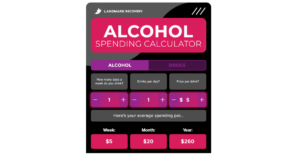
Use our alcohol spending calculator to find out.
Cost of Alcohol Use Disorder on Individuals
Beyond the expense of purchasing a substance, whether it’s alcohol, prescription medication or street drugs like marijuana and heroin, there are cost related to health care, work productivity, and relationships. The average drinker spends more than $2,000 a year on alcohol, much more if they are consuming high dollar drinks. Heavy drinkers will spend much more. Opioid addicts could spend more than $90,000 a year buying heroin, oxycontin or vicodin. A methamphetamine or cocaine addiction can cost more than $50,000 a year.
Binge drinking, which is defined as five or more drinks per occasion for men and four or more per occasion for women, is reportedly responsible for 76% of the economic cost for excessive alcohol consumption in Wisconsin. In 2018, Wisconsin reported a binge drinking rate of 24% compared to the national rate of 16%. While it costs the state an estimated $1.6 billion, it costs individual residents about $666 on average per year. This tiny New York City apartment went viral on YouTube because its rent costs about the same per month. That’s about 18% lower than the aforementioned national average, however.
Alcohol Use Disorder in North Carolina and Wisconsin
 In North Carolina, excessive drinking cost residents $9.73 billion in 2017, which worked out to $2.09 per drink based on research from UNC-Chapel Hill. This marked a 38% increase in excessive drinking since 2010. Researchers mostly attributed that leap to an estimated 40% increase in binge drinking during the same time period. About 12% of the uptick was also attributed to inflation.
In North Carolina, excessive drinking cost residents $9.73 billion in 2017, which worked out to $2.09 per drink based on research from UNC-Chapel Hill. This marked a 38% increase in excessive drinking since 2010. Researchers mostly attributed that leap to an estimated 40% increase in binge drinking during the same time period. About 12% of the uptick was also attributed to inflation.
Minnesota is a different story from N.C. or Wisconsin according to a study published in the American Journal of Preventive Medicine (AJPM). The societal cost of alcohol use in the state was calculated to be about $7.85 billion in 2019. That broke down to $1,383 per resident.
“This estimate is substantially higher than a previous estimate on the basis of apportionment of a national estimate,” the study adds.
Researchers compared this with the number of standard drinks consumed in the state and found the average cost per drink to be $2.86. For an individual to spend $1,383 in a year at a rate of $2.86 per drink, they would need to consume 483.5 drinks that year. This is barely more than one drink per day. In other words, this is how costly “regular” drinking might be in Minnesota. Binge drinking would be an entirely different animal. Same goes for Wisconsin for that matter, albeit on a smaller cost scale.
Applying Binge Drinking Rates to Individual Costs of Alcohol Use Disorder
The AJPM study mentioned above also cited an estimate that over 17% of U.S. adults self-reported binge drinking weekly. They consumed an average of seven drinks per binge-drinking episode. If a Minnesota resident spends $1,383 just to drink a little more than once a day, then a Minnesotan binge drinker’s costs would be exponentially more exorbitant. The minimum requirement for what defines the term, binge drinking, would place a Minnesota man’s budget at no less than $14.30 for a single episode. That aforesaid average binge-drinking episode, however, would call for seven drinks in that episode, which would up the cost to $20.02.
If this occurs on at least a weekly basis as cited, binge-drinking episodes might account for $1,041.04 per year. Should the binge drinker also still consume a drink per day (or the equivalent) on days without a binging episode, this leaves an additional $2.86 on each of the other six days per week. That yields a cost of $895.18 to add to the binge episode cost. In total, that’s $1,936.22 per year — a qualifying down payment on any of several vehicle leases. This is, in fact, a conservative estimate.
Remember: these figures are all distributing cost far more evenly than it’s likely to be distributed in real life. More of the cost burden is on the shoulders of fewer people than these estimates reflect. In other words, addiction costs individuals more than this.
Finances Are How Addiction Becomes Your Higher Power
“Your addiction becomes your god,” according to Jane Doe, a Nashville resident who preferred to remain anonymous. “You’re going to make sure you have your drugs and alcohol before your bills are paid, before you pay your child support, before you have food on the table for your kids.”
Priorities: The Habit Is the Only Organized Thing
Substance use disorder crowns the top of one’s home economics. It’s imperative to a chronic user of any substance that the substance in question be acquired. This becomes the case to such an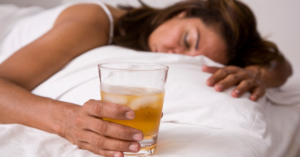 extent that some addicts won’t notice that this hierarchy is even really in effect. In the same way people tend to not realize how much they’re spending on restaurant outings or random subscriptions, they also might not realize they subconsciously auto-draft the cost of the habit on a monthly if not weekly basis. It’s the money that gets spent first from each paycheck.
extent that some addicts won’t notice that this hierarchy is even really in effect. In the same way people tend to not realize how much they’re spending on restaurant outings or random subscriptions, they also might not realize they subconsciously auto-draft the cost of the habit on a monthly if not weekly basis. It’s the money that gets spent first from each paycheck.
Jane Doe calculated for us that she would get a handle (about 40 shots or half a gallon) of Smirnoff each day, plus five so-called airplane shooters for the next morning. In the morning, airplane shooters were necessary because she often had a tremor due to sobriety making her hands shake. She would bite the top off and drink to get the alcohol in her system so that she could function again. The handle of Smirnoff was about $25 a pop. Shooters were collectively another $5 or so. In a week, doing this daily cost her about $210. In a month, that’s $840 not going toward her rent, bills or other pills.
Jane Doe Reflects from Recovery
Jane had a regular job that paid enough to cover her bills, but that was insufficient. She nannied for extra money, but that alone wouldn’t be enough either. Jane supplemented by stealing from friends and family and then eventually resorted to working as an escort. She now marvels at what could’ve happened to her in that environment. For multiple years, she put herself in harm’s way to be able to spend upwards of $10,000 annually. Three years of saving that money would’ve given her the down payment for a house.
“In rehab, they made us calculate how much we were spending on our drug of choice. And seeing those numbers in your face and then multiplying that times the years and years and years that you were in this addiction, the amount is crazy. And to think now, ‘Wow, I could have that money,’” Jane said. “There’d be so many times I wouldn’t check my bank account because I didn’t want to know. I was in denial about my addiction, in denial about my finances; I didn’t care.”
Marijuana Addiction vs. Alcohol Use Disorder
Somewhat universally, a gram of marijuana can cost anywhere from $5 to $20 in states where it isn’t legalized for recreational use according to Insider magazine. These costs depend on the quality of the bud. In these areas, a half-gram is likely the absolute smallest measurement one can purchase. That’s traditionally how much one would roll into a single joint or blunt. Therefore, a gram would account for two joints or blunts.
The so-called “wake-and-bake” tradition is common enough among potheads to merit an idiomatic name. They often smoke weed upon waking up as discussed in an article for Vanity Fair. For some, it’s also necessary to smoke weed before or after each meal, as evidenced by the existence of a Reddit thread: “Do you prefer smoking weed before or after eating a meal?”
Hypothetically, if someone ate three meals a day and smoked weed when waking up each morning, this habit could be quite costly also. If each smoking episode consumes half a gram of marijuana (the minimum), that’s two grams consumed daily. If each gram costs $5 (the minimum), that’s $10 per day and roughly $300 per month. This would also account for $3,650 per year, which could cover tuition for a semester of three courses in any of University of Phoenix’s undergraduate programs.
What to Do about It?
The expense of substance abuse is often quite high. It heavily pads the cost of living in any area. Alcohol and marijuana are the most commonly abused substances in the U.S. according to Absolute Advocacy. If you or someone you know is habitually shackled to these costs, visit Landmark Recovery or call 888.448.0302.

Choose Recovery Over Addiction
We're here 24/7 to help you get the care you need to live life on your terms, without drugs or alcohol. Talk to our recovery specialists today and learn about our integrated treatment programs.

